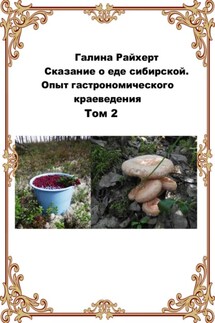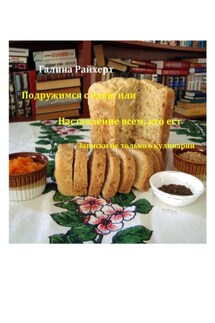Cooking with spice mixes, pastes and sauces - страница 23
This is by no means unimportant to know that not all methods of cooking and heat treatment are suitable for every spice. We are now going learn those methods and some spices suitable for such methods.
Poaching: bay leaf, whole peppercorns, parsley, celery, thyme, caraway, dill, saffron, tarragon.
Stewing in own juices: cumin, ginger, coriander, onion, marjoram, chili, parsley, thyme, caraway, dill, fennel, garlic, tarragon.
Stewing after roasting: cloves, cumin, ginger, cinnamon, turmeric, bay leaf, marjoram, juniper berries, oregano, paprika, chili, parsley, rosemary, celery, thyme, fennel, garlic, sage.
Boiling: bay leaf, onion, marjoram, juniper berries, whole peppercorns, parsley, celery, thyme, caraway, savory, garlic, saffron.
Steaming: ginger, cilantro, oregano, chili, parsley, rosemary, thyme, dill, garlic, sage.
Baking: anise, vanilla, cloves, ginger, coriander, cinnamon, sesame, oregano, peppers, parsley, rosemary, thyme, caraway, garlic, sage.
Grilling: oregano, paprika, chili, rosemary, thyme, garlic.
Smoking: coriander, bay leaf, juniper berries, parsley, rosemary, thyme.
Roasting: anise, star anise, cloves, mustard, cumin, ginger, cardamom, coriander, cinnamon, sesame, turmeric, onion, oregano, fenugreek, szechuan pepper, chili, whole peppercorns, parsley, rosemary, thyme, caraway, fennel, garlic, sage.
Stoving: anise, clove, cumin, coriander, bay leaf, juniper berries, oregano, fenugreek, paprika, chili, whole peppercorns, rosemary, thyme, caraway, garlic, sage.
MAIN FRESH COMPONENTS AND SEASONING FOR SPICY PASTES
In this chapter I am going to review most popular fresh ingredients that are added in most spicy pastes. Depending on recipe, these ingredients are added to the paste directly or they are used for aromatization of warmed oil that is going to be added to the paste.
Garlic is one of the most common ingredients in spicy pastes and sauces. Unlike spice blends, it is added to the paste while fresh. Garlic can be used chopped or pressed using a garlic press, knife or pestle in a mortar or can be turned into a mush with a blender and then added to the paste. Never let garlic burn while warming it up or flavoring oil with it. Otherwise you will get taunting bitterness in your dish instead of aromatic spicy flavour.
Ginger and Galangal should first be cleaned and peeled with a knife, then cut into small cubes, processed with a press or grated with a grater. The finer ginger is cut or grated, the brighter and stronger its flavor would be. Ginger has a rich warm flavor with a refreshing woody note and a sweet citrus hint. Galangal aroma of is slightly softer than of ginger, and its flavour resembles a light sour lemon alternately with the taste of ginger and cardamom. Small roots of galangal can contain slight piquant peppery notes.
Chili in a majority of cases is added to the paste when fresh. The pod is cut into two parts along its entire length, the seeds and white septum are removed to reduce the pungency and then the following shrinking methods are used: cutting into sticks and small cubes, slicing into half-rings, sometimes grating. It is recommended to use gloves while processing chili peppers to avoid burns.
Lemongrass as a whole is not suitable for paste. Usually, only its lower white part (up to 5-6 inches) is used. Its stalks are very stringy and rough therefore it is better to chop it slightly with a knife spine before use to release its aroma. The top layer should be peeled off before use. Because of its roughness, lemongrass should be finely ground in a blender or in a mortar before being added to the paste. Lemongrass has a refreshing tart taste, with pure citrus notes and a slight pungency.






